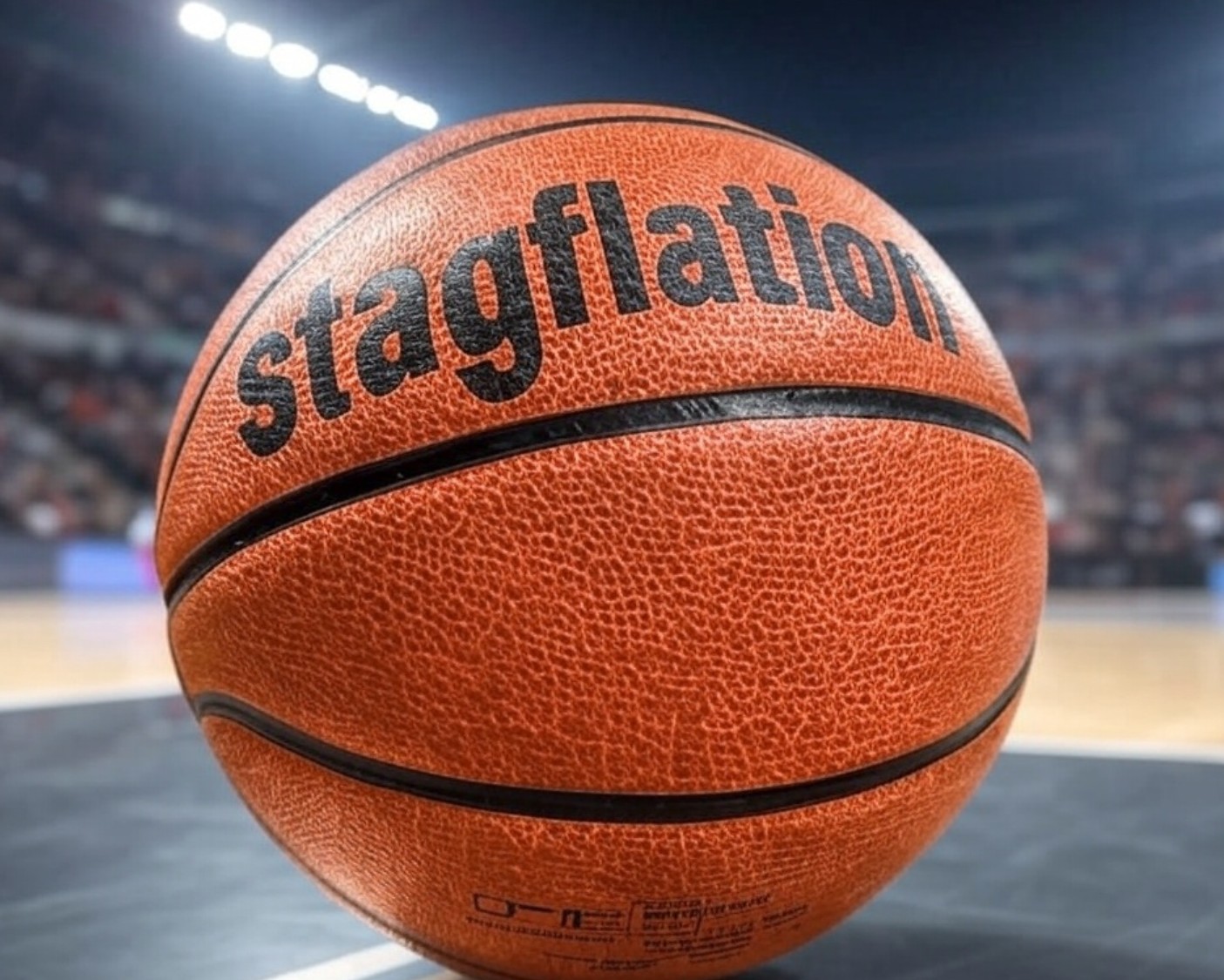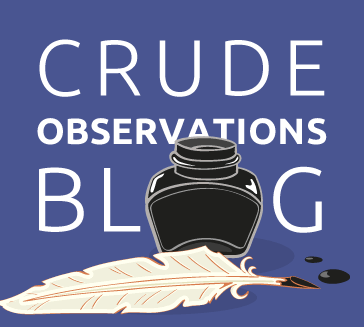So it has been an interesting week, has it not? I think so. But then I am a bit of a an information junkie and I like the chaos that seems to surround the energy industry so I can be forgiven for getting a little too excited at times by what is most certainly excruciating iterations of drying paint to others.
One of the most fun things in the news this week for us energy losers is pipelines. All sorts of them. Pipelines that work, pipelines that aren’t built, pipelines that are partly built, pipelines that will never be built, politicians saying we need pipelines, politicians saying we don’t need pipelines, people using plastic bags instead of pipelines, pipelines being hacked. Pipelines, pipelines, pipelines.
At any rate, with all the buzz surrounding pipelines this week, I thought it would be a good exercize to revisit a bunch of these innocent little tubes that everyone is talking about and remind ourselves exactly what that particular pipeline does, why it’s in the news, what people like and don’t like about it and, as is my wont, opine about its past, present and/or future. Such as it is.
So in no particular order:
Line 3 Replacement
What it is: Line 3 is the planned replacement of an existing 1,097-mile crude oil pipeline, originally installed in the 1960s, that extends from Edmonton, Alberta to Superior, Wisconsin, and is an integral part of Enbridge’s Mainline System. The cost of the project is approximately $7 billion. The Canadian portion has already been completed as has work in the United States. The majority of the US portion runs through Minnesota and is scheduled to be completed this year. The capacity of this pipeline is 760,000 bpd.
The Kerfuffle: Line 3 has been a political football in Minnesota where it has been challenged (unsuccessfully) all the way through the permitting process. With all objections now settled, this project is actually expected to be completed and operational by end of 2021 unless Jane Fonda straps herself to a pumping station and delays the start-up.
Thoughts: 85% chance of completion which as close to a sure thing in pipelines as I will ever go. Important for Canada!
Line 5
What it is: Line 5 is a 30-inch-diameter light crude oil, light synthetic crude oil, and natural gas liquids (NGL) pipeline, originating at Enbridge’s Superior Terminal in Superior, WI, and terminating at Sarnia, ON. Along the way, the pipeline crosses the Straits of Mackinac, traversing from the Upper to Lower Michigan Peninsula before crossing back into Canada. The capacity of this pipeline is 540,000 bpd and it supplies the majority of the feedstock for the Sarnia petrochemical industry, Montreal refineries and crude oil for transportation and jet fuel for close to half of Eastern Canada. Oh, and it also provides more than 50% of the propane used in Michigan. It’s a big deal.
The Kerfuffle: Line 5 has been operating safely since 1953. The main point of concern is the 4.5 mile crossing of the Straits of Mackinac where any major spill could be catastrophic for the Great Lakes. Enbridge has lingering reputational damage in Michigan from the Line 9 spill into the Kalamazoo River that they completely fumbled in its early stages and are now paying the price. While Enbridge was brought to task by the previous GOP governor in Michigan and agreed to derisk the crossing by building a concrete tunnel to contain the pipes crossing the Straits, the current governor (Democrat Gretchen Whitmer) campaigned on an ill-advised promise to shut down Line 5 and, after claiming that the construction of the tunnel wasn’t moving fast enough (‘cause we all know planning and executing these things is a breeze, right?), revoked the easement granted to Enbridge for the crossing and told Enbridge to shut down the pipeline by May 12 (last Wednesday). Enbridge said, no way without a court order and now the whole shlomozzle is in front of a judge with everyone from the Canadian government to Bob’s Propane and Bait shop in Cheboygan wanting a say.
Thoughts: This is one of the dumbest and most dangerous pipeline conflicts on the continent because it’s a political stunt that has the potential to affect jobs all over each country, likely violates international treaties, may be in contravention of trade agreements and will affect the cost and availability of energy for more than 50 million people. This pipeline alone accounts for close to $5 billion of cross-border trade. The tunnel plan is the right solution. Grant the permits and move on. What needs to happen is for Joe Biden and his Energy Secretary Jennifer Granholm (another former Michigan governor – what’s with these people) to intervene and give Whitmer a path out of this stalemate which should never have happened. Odds of resolution: 50%.
Colonial Pipeline Network
What it is: The Colonial Pipeline is actually a network of pipes and is the largest pipeline system for refined oil products in the U.S. The main part of the pipeline – consisting of two tubes – is 5,500 miles (8,850 km) long and can carry 3 million barrels of fuel per day between Texas and New York. So in other words, this is the pipeline network that supplies gas to the East Coast – From Maine to Florida. It’s a big deal.
The Kerfuffle: Big in the news this week and serving as a welcome distraction from COVID, Trump, Line 5 and a lacklustre end to the NBA season, Colonial was the target of a successful cyber-attack last Thursday, prompting the company to shut down its operations, resulting in chaos and pandemonium all along the US East Coast as panicked motorists started treating gas as the new toilet paper and went on a hoarding frenzy, creating shortages in some areas and driving prices to levels not seen since 1973 (the year Joe Biden went to Congress!).
Thoughts: This successful cyber-attack has completely exposed how vulnerable our energy infrastructure is to malign actors and major incidents (never mind the absurd human reactions). While the shut-down wasn’t a direct result of the hack – the company admits they shut it down because with no systems they wouldn’t be able to bill properly – the shut down exposed what can happen when any major piece of infrastructure goes offline unexpectedly, whether cyberly or capriciously (ahem, Ms Whitmer?). It was ironic to hear the Democrats waxing wise during this episode about how important pipelines are. Duh.
Dakota Access Pipeline
What it is: The Dakota Access Pipeline is an 1,172-mile oil pipeline that begins in the tight oil fields of the Bakken in northwest North Dakota and continues through South Dakota and Iowa to an oil terminal near Patoka, Illinois. Its capacity is 570,000 bpd.
The Kerfuffle: Heavily protested when it was being constructed, halted, restarted, redesigned, rechallenged and currently under further review, the DAPL as it is known is one of the more hotly contested pipelines in North America. Last year, a federal judge revoked the pipeline’s permit to cross the Missouri River and ordered it shut down while it went for further environmental review. The company appealed the shutdown and is still while awaiting a ruling and has appealed the case to the Supreme Court. In the meantime, they had asked for a stay of the shutdown ruling while the Supreme Court case was ongoing. The stay was denied yesterday. So the pipeline can still be shut down. Which as we know is a super great thing to do. Oh, and the company that owns it says they have been subjected to cyber attacks. Ay Caramba. Odds of shutdown? 27.3%.
Keystone XL
What it is: A project that is the proverbial dead parrot. A millstone around Jason Kenney’s neck. A cudgel to bash the Biden Administration with as gas prices shoot up due to Colonial. Because we all know that a pipeline that wouldn’t have been completed until 2024 at the earliest is the solution that is needed for spiking gas prices in Bradenton Florida two days ago.
The Kerfuffle: Really none. There is very little chance this pipeline gets revived but people like to talk about it.
TransMountain Expansion
What it is: Otherwise known as the Pierre Elliot Trudeau Memorial Pipeline, the expansion is essentially a twinning of this existing 1,150-kilometre pipeline built in 1953 (same year as Line 5!) between Strathcona County (near Edmonton), Alberta and Burnaby, BC. The completed pipeline system will raise the nominal capacity from approximately 300,000 barrels per day to 890,000 barrels per day.
The Kerfuffle: Contained entirely within Canada, construction of the TMX is solidly underway. Together with Line 3, the TMX provides an additional 800,000 barrels of egress capacity from Western Canada and a critical export optionality. Protests continue and random sociology professors from BC based univerisities continue to challenge the economics but right now it’s a Crown Corp black hole for money, budget be damned, shut up Alberta, when complete we sell to first nations, nation building tube of steel connecting storage tanks in Alberta to boats in BC. Whoop! In all reality, the only thing that can stop this project for any material amount of time are nesting hummingbirds in Burnaby. And they have.
Coastal Gas Link
What it is: Approximately 670 kilometres long, the Coastal GasLink pipeline project will deliver natural gas across northern B.C., starting near Dawson Creek and ending at the LNG Canada facility in
Kitimat. The pipeline will be built to move 2.1 billion cubic feet per day (bcf/d) of natural gas with the potential for delivery of up to 5 bcf/d, dependent on the number of compressor and meter facilities constructed.
The Kerfuffle: This pipeline, which is also well under way, was subject to significant protest a number of years ago. This anger has largely died down during the pandemic (no one likes to protest in a mask) but also thanks to Federal government and proponent mediation efforts in the affected communities. Unlike TMX, which is bringing oil to urban areas, the CGL line carrries natural gas for export, doesn’t spill and is a massive employment and money generator for First Nations peoples and contractors every step of the way. Plus it’s much further north, so no hummingbirds to worry about, or turtles, or frogs.
Energy East
What it is: Two words and a dream.
The Kerfuffle: None, unless you like to repeat those two words every time you think the energy industry is under threat. Price falls. Energy East! Price rises. Energy East! Trudeau Elected. Energy East! Tight Oil growth. Energy East! Notley. Energy East! Equalization. Energy East! Egress. Energy East! Biden. Energy East! Line 5. Energy East! Energy Independence. Energy East! Crude by Rail. Energy East! CBC. Energy East! See how that works? You try it.
Nordstream 2, Electric Boogaloo
What it is: Nord Stream 2 is an underwater twin pipeline that will transport natural gas from Russia directly to Germany. At a length of 1,230 kilometres, it follows the route of the existing Nord Stream twin pipeline underneath the Baltic Sea.
The Kerfuffle: Strangely not much. Unless you are a fan of geopolitics, then this one is a doozy. First off, Vlad “the Impaler” Putin loves it. Because it’s Russian gas going to Western Europe, solidifying dependence on Russia. He controls the taps. The Americans hate it. Because they lose influence. Trump opposed it and promoted LNG from the US as an alternative. That of course makes no economic sense. But geopolitics rarely does. Biden opposes it as well. No one likes Russian gas. Except of course Europe, and China, who use it. The Biden administration is counting on Germany to kill the pipeline. But they won’t. The thing is 95% done. The Germans need the gas. The pipeline is a done deal. And it’s pretty much all under water. It may not flow gas for years because of sanctions but an energy thirsty European continent cannot settle for the price uncertainty of US LNG when the cheap stuff from Russia is just steppes away.
Power of Siberia… 2
What it is: Aside from being the dumbest name ever given to a pipeline (Energy East being a close second) the new Power of Siberia-2 pipeline, with 50 Bcm/y capacity, would deliver Russian gas to China much closer to gas-consuming regions in eastern China, while at the same time still utilizing gas resources from the prolific West Siberian Basin. Total distance in Russia and Mongolia are estimated at an absurd 2,600 km and 980 km, respectively. The pipeline distance within China is estimated at only 560 km to the Beijing demand center. This is a massive project.
The Kerfuffle: Aside from being red meat to the pro-pipeline crowd here in Canada (look what they can do without all those pesky permits and approvals!) the Power Pipes are a threat to LNG exporters around the globe trying to crack the Asian market given how ridiculously prolific Russian gas is. That said, there is a market for everyone and a pipeline that long takes years to complete, regardless of how much slave labour you use and environmental permits you bulldoze. Plus never forget the power of the mighty hummingbird.
Look, I’m sure there are more that I am missing, but the message here is that there are many, many significant pipeline projects in progress, under construction, being improved, being approved, operating safely for decades past and still decades future. This is all because humans, such as we are, like convenience. We like cheap energy developed somewhere else delivered efficiently to our desired consumption and purchase locations and when that delicate balance is interrupted, we typically freak out and over-react like the collection of absurd little hoarders we are.
The ability of one group of hackers to paralyze the energy purchases of a significant portion of the Eastern United States underscores just how fragile and interdependent our entire energy system is and how much we subconsciously rely on the complex system of pipes, drilling fields, refineries and storage that we have created. A completely enclosed system with checks, balances and safety writ large into its operating ethos.
Last point to consider for all the anti-pipeline whackadoodles out there. From the moment it is mined out of the oilsands in Northern Alberta, blended with piped in condensate and gathered and piped 1000’s of miles to the Gulf Coast for storage then piped to the refinery, cracked, separated and distributed to a fuel depot and eventually shipped thousands more miles by pipe to an underground tank at a gas station in Hoboken, New Jersey, the drop of oilsands bitumen that becomes diesel gasoline is safely enclosed in an airtight metal tube or tank.
Until some cabbage for brains idiot decides to pump it into a garbage bag and throw it in their trunk (while smoking) because they are panicking that there might be a shortage and they won’t be able to get to the Shake Shack drive-thru in time for their free vaccine fries.
Sheesh.








